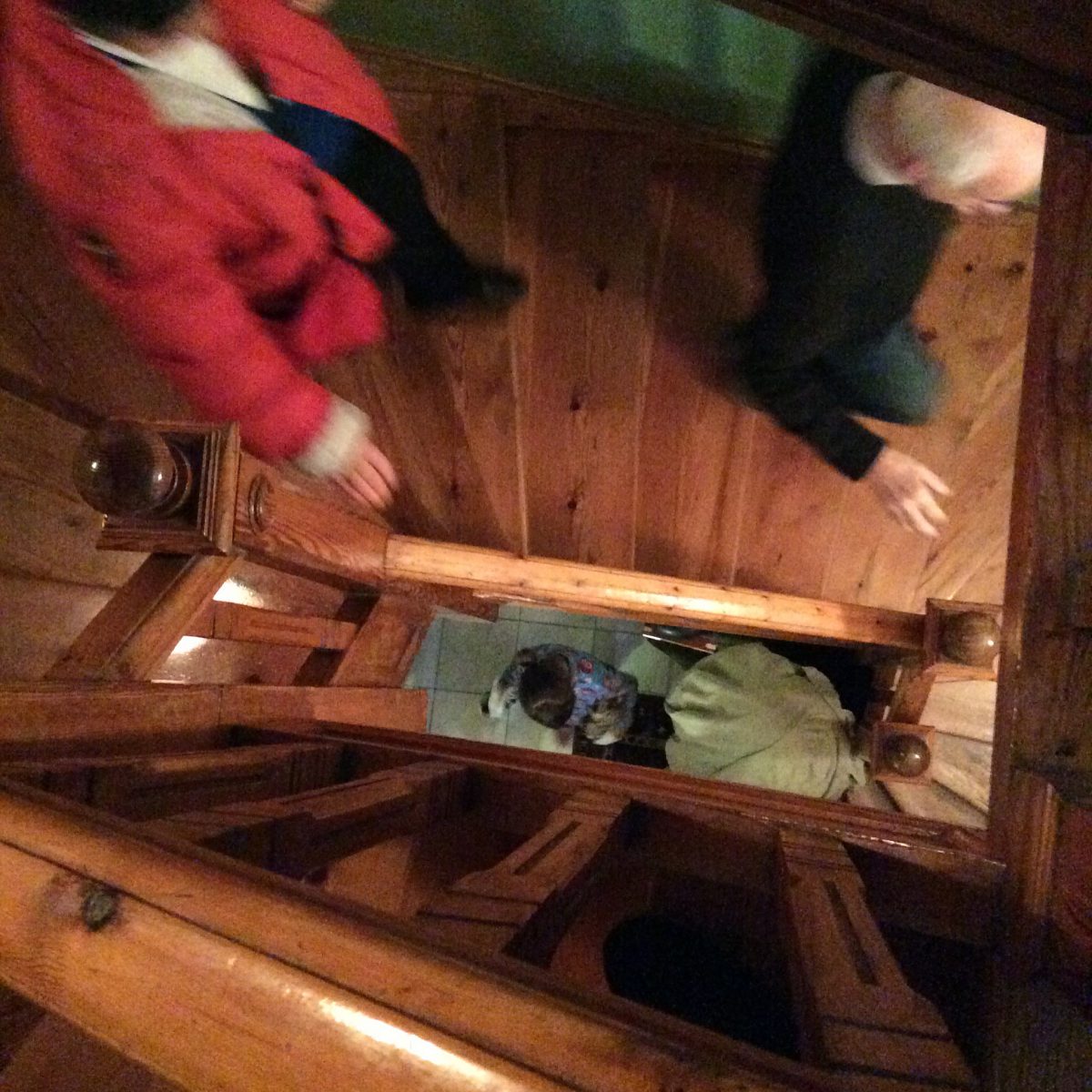Easter for me has very specific smells that bring back memories from my childhood.
All that being said, I can confide in you that Easter smells of violets – understandable! -ammonia, that my mom used in Easter cookies to help them raise -NOT pleasant- and sour orange tree blossoms that bloomed in every neighbourhood,and still do.
That’s about my Easters in Athens as a child.
Now let’s talk about YOUR Easter in Greece, or better, what we think your Easter in Greece should be like and what you should not miss.
*
CORFU is famous for having a very artistic and …musical Easter.
On Good Thursday and Good Friday you can attend the mass at the Cathedral – with an organ -, the bands go around the streets playing mournful music, and the procession of Epitafios through the little streets of the old town late in the evening give an air of mysticissm and sanctity. The hymns of Good Friday are my personal favourites!
All that until Saturday morning at 11, when people break pottery by throwing them from the windows, in an attempt to chase THE evil-which is not intimidated at all, as we can all see!!!!
*
CHIOS island and a lot more, like Kalymnos, are famous for the “rocket war”, a very fierce and loud firework throwing and battle between neighbourhoods.
Very spectacular, very loud!
*
HYDRA, this very special island of Argosaronikos, is famous for putting the Epitafios into the sea in order to bless the sea water. Considering that Hydra was a naval society that depended on sea fares and trade, that makes perfect sense.
*
In the CYCLADES I have my personal favourites:
Paros, and more specifically the Epitafios in Marpissa and Santorini in Pyrgos, one of the most beautiful villages of the island, with the little lanterns on the slope of the rock that light up the whole place.
*
CRETE.
What I like about Easter in Crete is -except for the food and the music and dancing that I adore – is the burning of Judas after the resurrection. One big dummy that represents Judas is placed on a bonfire-with a whistle in his…well, backside, and is burned after church with everyone celebrating and the whistle blowing.
Mmmmmm, interesting habit!
*
LEONIDIO IN ARKADIA , PELOPONNISOS
.A sweet place, quite near Athens, with small pebble beaches and mountain villages, with a very particular habit:
On Saturday, as soon as the priest announces the resurrection of Jesus -that’s midnight – the sky is filled with paper balloons of various colours that are made by the local people or neighbourhoods. Very spectacular!
*
The other areas celebrate Easter in their own ways, all very particular and all related to the local habits, customs and traditions. I cannot recommend only one place, there are too many! Remember that Easter is our most important Christian holiday.
So, find your own favourite place, go, enjoy, come back and tell us:
WHAT DOES YOUR EASTER SMELL LIKE?




































